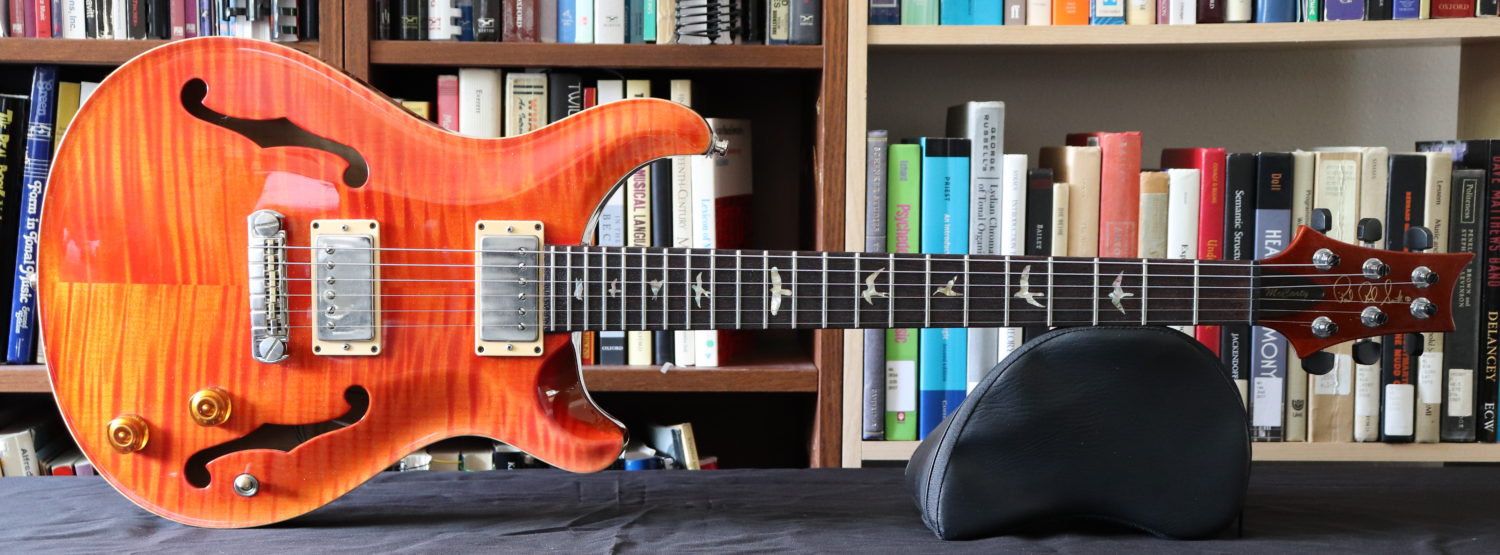How To More Efficiently Change Chords
Chord Changing For Beginning Guitarists
For many beginning guitarists, one of the most challenging hurdles is learning how to change between chords smoothly and efficiently enough to keep up with the tempo (speed) of your favorite song. The following is a process that I teach that has proven effective for dozens of students and will be useful for any guitarist struggling to change between any two (or more) chords.
Memorize each chord
Having each chord memorized can greatly help in understanding the most efficient movement. Memorization helps to eliminate the confusion that can occur when one is not sure of where to move their hand. Tips for memorizing chords will come in a later post.
Do the chords in question share exact finger placement?
When changing chords, many of us make unnecessary, useless motion. It is this motion that causes the slowness of chord changing. One of the most effective means to remove this unnecessary movement is to search for fingers that stay in the same place while moving between any two chords. Unnecessary motion is useless motion and prevents efficiency.
Consider the following example – moving between the chords C and Am. Both of these are common chords, and a beginning guitarist will see these two commonly.
Do you notice any fingers here that do not need to move? A close inspection will show that the first finger (marked with the 1, under/inside the chord chart). Therefore, a guitarist who learns to not move their first finger when changing between these two chords will become immediately more smooth and efficient in their playing.
When all fingers move
In the case of changing from D to G, there are no fingers that will stay in the same place (fret and string). Therefore, the best method for changing shapes is built upon systematic movement. Which finger will move the shortest distance? In this example, the third finger moves the shortest distance. Therefore, before moving any other fingers to the G chord, practice moving the third finger to the first string, fret three…its home for the G chord.
It is very important to not lift all fingers off of the neck, as doing this negates the benefit of moving in an efficient order. From there, the other two fingers, fingers 1 and 2, can easily move into their position. Practice this method in each direction – from D to G and from G to D.



